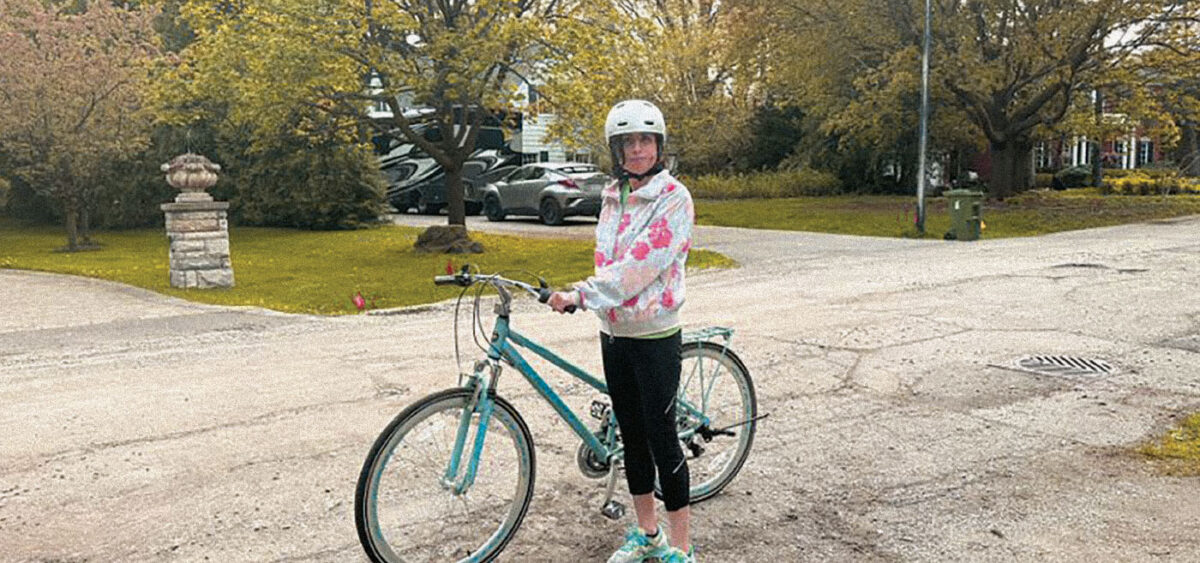York engineers develop mobile app to improve the safety of city cycling
Tags:
When Mojgan Jadidi started cycling on the streets of Quebec City and Toronto, she found it to be a hair-raising experience.

This story originally appeared in Ascend Magazine.
“I cycled in Europe where cycling is a big part of the transportation system, and people are really comfortable with that,” she says. “But when I came to Canada, it was sometimes scary, because I needed to share the street with cars, and some of the car-driving behaviour was not really appropriate for sharing the road.”
With an average of 74 cyclists killed every year in Canada, according to Statistics Canada, Jadidi decided to investigate how modern technologies could help make the cycling experience safer and less stressful.
In a paper titled Improving Cyclists’ Safety Using Intelligence Situational Awareness System, published this year in Sustainability, Jadidi and her co-authors (Gunho Sohn, associate professor in geomatics engineering, and PhD candidate Amir Nourbakhsh) described how they were able integrate information from disparate sources into a mobile app that delivers updated information in real-time to Toronto cyclists via voice alerts.

“Many technology companies have worked with the car industry, so we have lots of sensors embedded in the car like back-up cameras and safety sensors,” she points out. “But the bike has not really changed. We thought about how we could build a system using the current infrastructure without adding more tech and be accessible to most people, so we focused on the phone.”
Jadidi’s team created a solution that analyzes location data, historical collision data, weather information, real-time current road conditions and traffic patterns to determine whether cyclists are at higher risk of collisions as they move around the city.
“Information is a power,” she says. “When you have this power, you can make better and informed decisions. If a cyclist receives a warning telling them they’re entering a high-risk area, they can change their behaviour, go slower, or stop and take a different and safer route.”
Jadidi is also currently using quantum computing to analyze how to optimize bike sharing systems to better anticipate supply and demand by distributing bikes where they are most needed in real-time. She explains that she’s passionate about supporting cycling as a safe, accessible, and sustainable way to move around cities.
“The bike can be very easily streamlined into the transit system, and it’s easy to connect these two modes of transportation,” she points out. “It’s a great way to get around the city without taking a car and making more pollution”—that is, if the safety issues can be addressed.
With the source code for Jadidi’s safety application freely available on GitHub, she’s hopeful that it will be adapted by other developers to create safer streets that support cyclists as well as drivers.
“Cycling is sustainable, inclusive and accessible, with a lower cost than a car,” she says. “We have the technology to deliver the information cyclists need to be safer. So why not do it?”